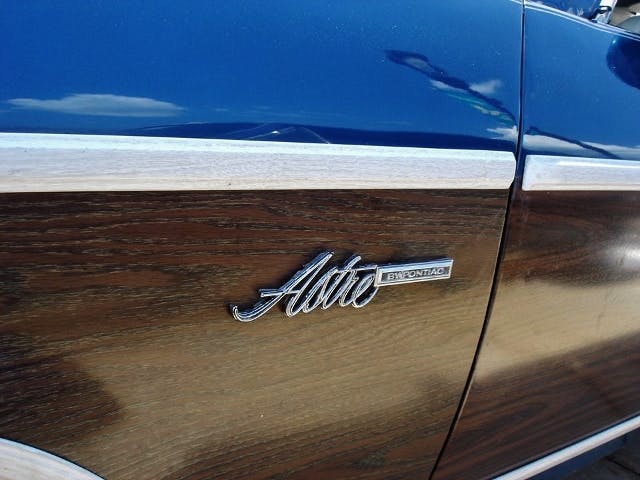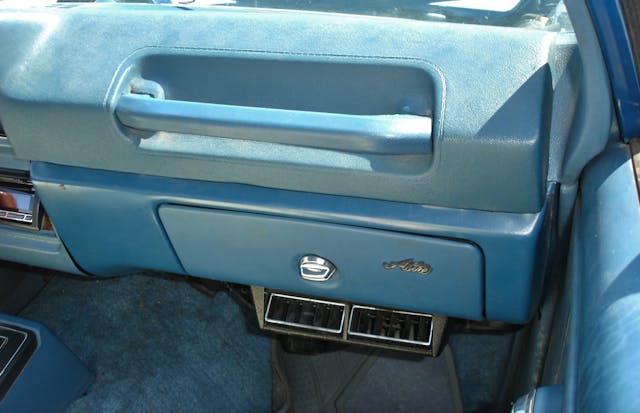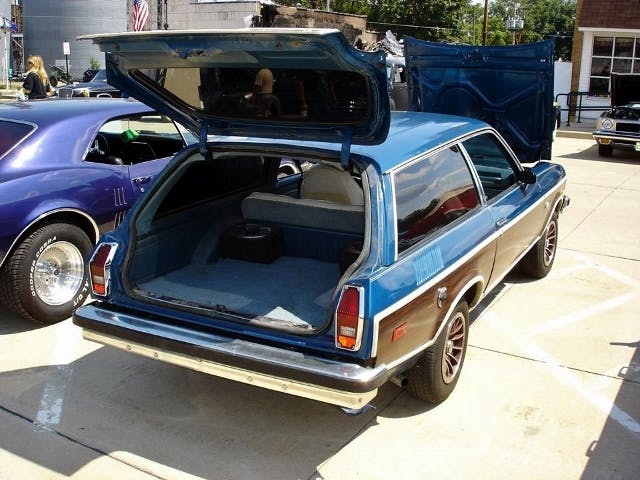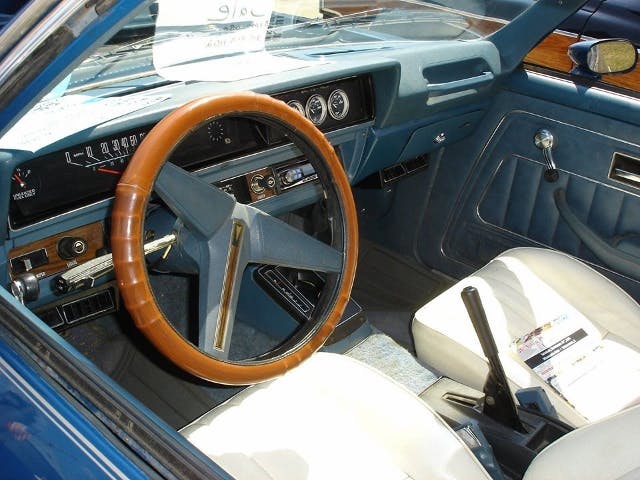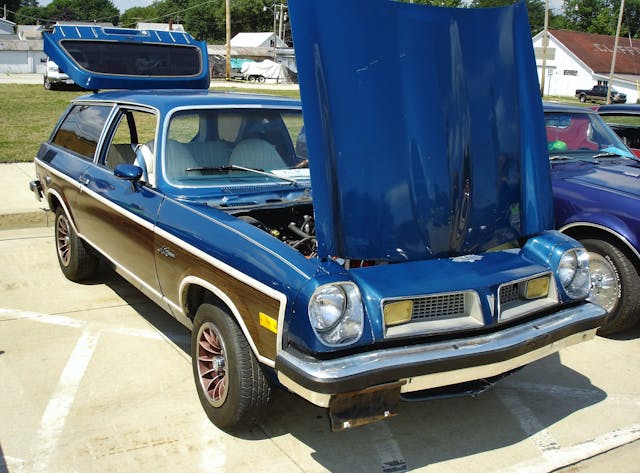Media | Articles
1976 Pontiac Astre Safari: The Vega’s nearly forgotten sibling
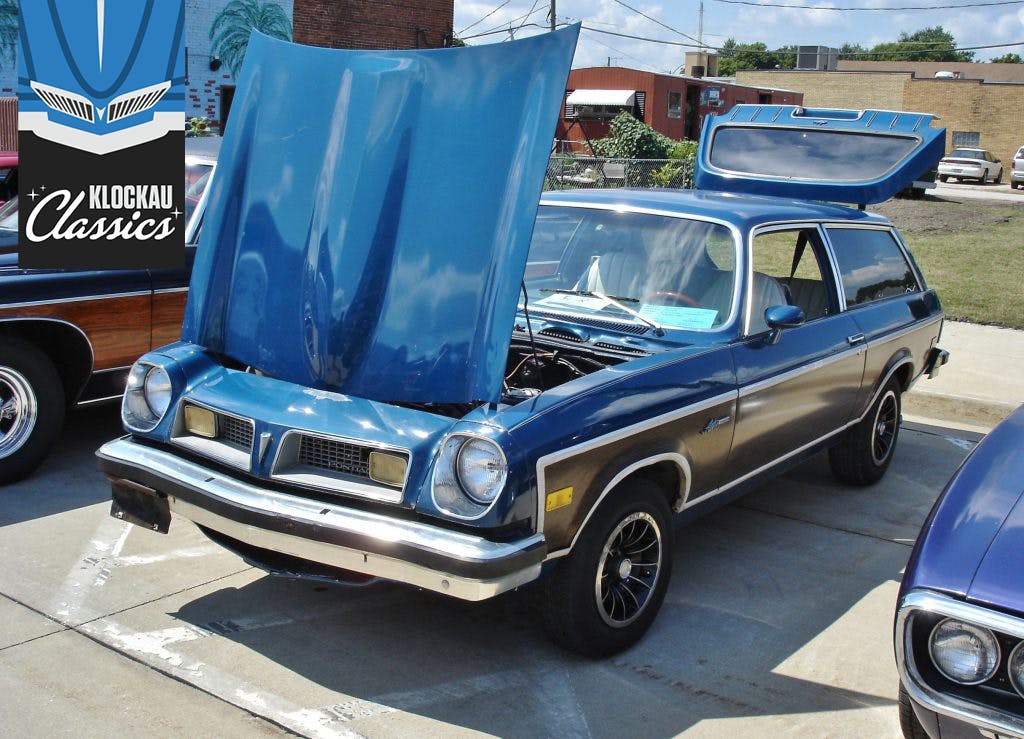
Remember the Vega? If you’re of a certain age, you bet you do! Oh, all the things that could be said about the Vega. The pre-1974 ones with the slim, chrome bumpers were pretty, but oh, woe to the person who bought one new. True, the early ’70s Datsuns and Toyotas dissolved at nearly the same rate, but the Vega really did love to rust … and break down. Many folks who drive modern, reliable vehicles love to hate on Vegas, even if they never owned one. Even so—despite their many faults, despite their loving to rust, break down, et al.—I still have a grudging appreciation for them.
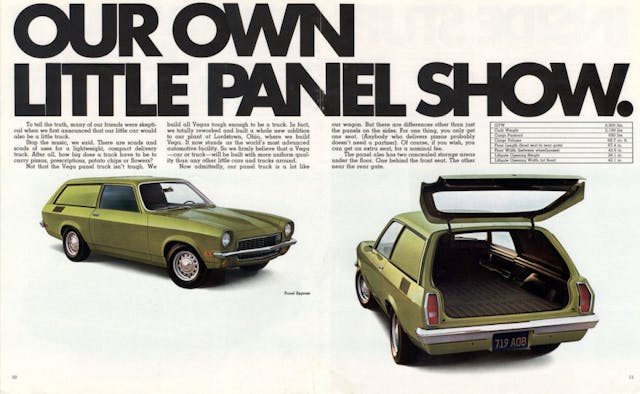
My uncle David Klockau, the youngest of my dad’s siblings, lusted for a 1971 Vega Panel Van when they debuted. He was in a band, and although he had a dark blue 1971 Mustang Sportsroof at the time, he thought the Panel Van would be just perfect as a daily driver. It would easily contain his drum set for gigs! Sadly, his Vega never became reality, and when the ‘Stang was approaching 100,000 miles, it was traded off for a navy blue 1974 Z28 that had been previously owned by a local speed fiend. That’s a story for another time, though.

The Vega appeared in 1971. Meanwhile, in Canada, many Pontiac models were available—but only with Chevrolet interiors and running gear, though you could get a true Bonneville or Catalina with Poncho power, if you had the scratch. So, in 1973, a Canada-only variant of the Vega appeared, the Astre. It was probably 98 percent Vega except for the grille, but it sold because Canada loved its Pontiacs, whether a true U.S.-built Catalina or Bonneville, hybrid Chevy-Pontiac Laurentian or Parisienne.
And so it goes, as Walter Cronkite once said. Anyway, in 1975, Pontiac added the Astre to the U.S. roster, in coupe, hatchback, wagon, and wood-sided Safari wagon variants. As was the usual routine for subcompact cars in the mid ’70s, standard equipment was sparse.
Bare-bones cars got a three-speed manual transmission, manual steering, manual brakes, bucket seats, carpeting and a heater/defroster. The up-level Astre SJ added nicer-trimmed seating, a four-speed manual, Rally II wheels, a woodgrain-trimmed instrument panel and rally gauges.
Marketplace
Buy and sell classics with confidence
In the inaugural year of ’75—for the U.S., at least—the Astre totaled 8339 notchback coupes, 40,809 hatchback coupes and 15,332 station wagons. Those production figures include all trim levels, by the way.
The notchback coupe had a base price of $2841. The hatchback was $2954 and the wagon $3071. The SJ hatchback was $3610 and SJ wagon $3686. All models had an overall length of 175.4 inches and a 97-inch wheelbase.
Astres were motivated via a 2.3 liter four-cylinder with a one-barrel carburetor, which produced 78 hp at 4200 rpm. Higher-end SJs received the same engine but with a two-barrel carb, and the arrangement was good for 87 hp at 4400 rpm. These were no hot rods, but that wasn’t the point. The Astre was an entry-level Pontiac designed to draw folks into showrooms; the marque hoped that, later, customers would graduate to a LeMans, Firebird, or Catalina.
Much was the same for 1976. One new option was a five-speed manual transmission.
1976 Astres carried the expected price bumps. A notchback coupe was now $3064, and Pontiac built 18,143 of them. The hatchback coupe ran $3179 and the wagon $3306. 19,116 hatchbacks and 13,125 wagons found takers for the ’76 model year.
Also new for 1976 was the Pontiac Sunbird, basically a corporate cousin to the new-for-1975 Chevrolet Monza. Both were basically new bodies on the Vega/Astre chassis, but with a little fancier/sportier bodywork. The Sunbird was notchback-only, though; there was no swoopy fastback version as found at Chevy dealers.
Both the Sunbird and the Astre were available again in 1977, though little was new for either. Astres sported a new grill, and that was roughly the extent of the visual updates. Starting in 1978, the Astre was no more, and the Sunbird took center stage. Even so, the “Sunbird wagon” that was “new” was essentially the old 1975–77 Astre wagon plus a handful of Sunbird emblems. The “new” wagon lasted through 1979, then disappeared for good; the Sunbird, however, survived through an extra-long 1980 model year before being replaced with the all-new front-wheel-drive J-body Sunbird for 1982.
I spied this remarkably solid survivor on August 14, 2015, at the annual downtown car show in Cambridge, Illinois. It was the first Astre I’d seen in years—most likely the first one I’d ever seen. As least as far as I can recall. Anyhow, I was glad to see one, especially in its most excellent color combination of dark blue with white seats and blue trim!



